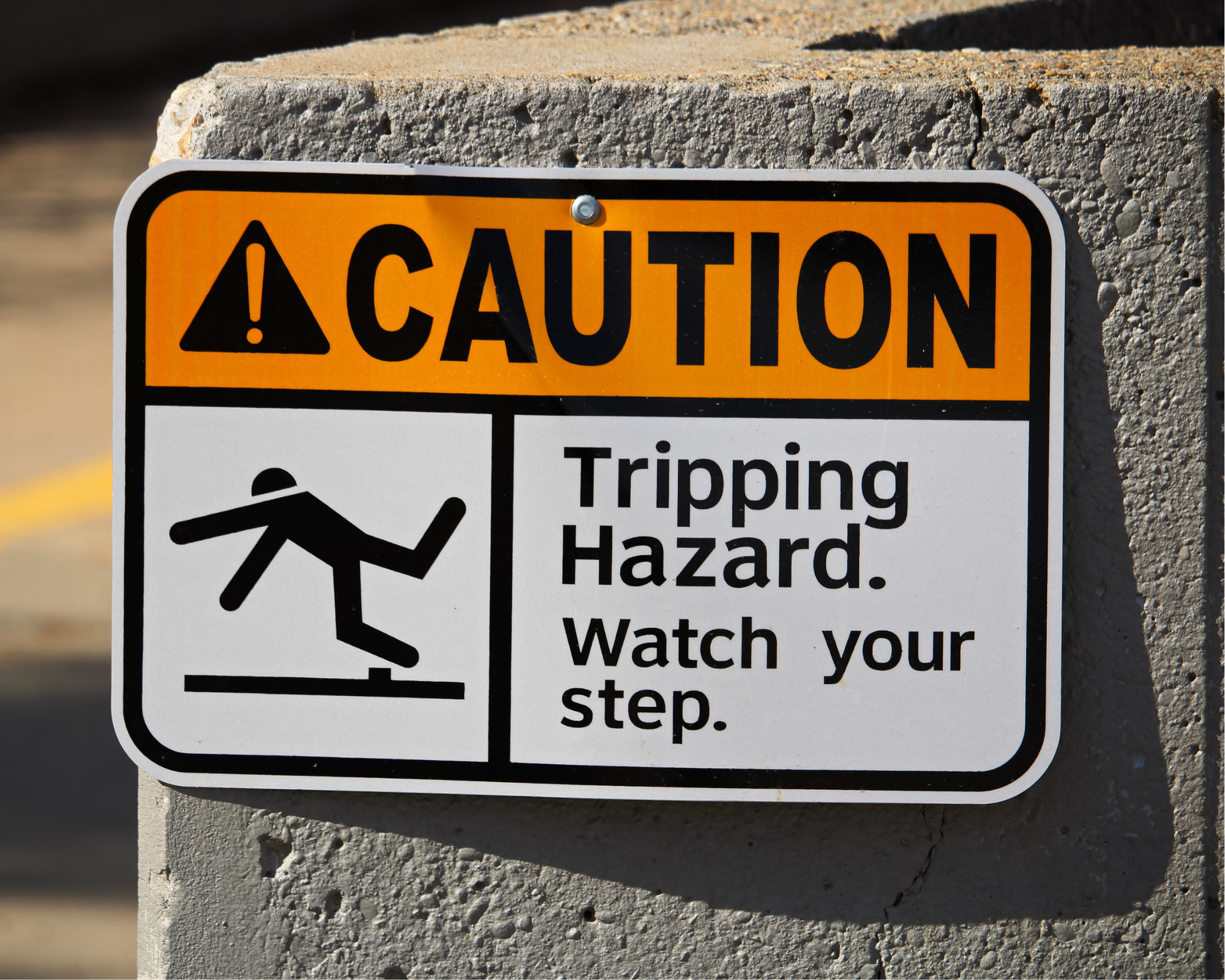Resisting the Pull: Navigating the 5 Executive Temptations Leading to Average Campus Performance
Your roles mirror those of corporate executives in many ways. The demands are vast, and the pressures, oh, they are intense. To traverse this intricate landscape successfully, you must remain acutely aware of the temptations that could divert from your leadership mission if left unattended.
In this provoking post, I’ll delve into the five temptations that often ensnare campus executive teams, leading to average (at best) performance. Mastery of these pitfalls will transform you and your crew into a Higher Performance Team poised to close gaps and drive systemic transformation.

Temptation #1: The Allure of Popularity vs. Upholding Principles
One of the most ubiquitous temptations is the allure of popularity versus the unwavering commitment to your campus-based principles. It's only natural to desire the admiration of those we serve, but effective leadership often requires making tough decisions and upholding clear expectations. Striking a balance between approachability and authority is vital. Remember, unpopular decisions based on organizational principles, not individual or departmental preferences, often lead to lasting improvements and promises held by your mission.
Temptation #2: Harmony or Healthy Conflict?
Let me be clear: conflict doesn't necessarily imply something sinister is afoot; it signifies things are happening. Progress will require conflict. In fact, trust within a team can only thrive with healthy conflict. The yearning for harmony and consensus can sometimes stifle innovation and breed groupthink within campus leadership teams. Avoiding conflict may seem like a path to a more agreeable environment, but it can hinder progress. Encourage open, respectful, and productive conflict within your team. You'll make more informed decisions and foster greater innovation across your institution.
Introducing my NEW workshop tailored for campus leadership teams:
🌟 Equipping YOUR Executive Leaders to BUILD Higher Performance Teams 🌟
Temptation #3: Certainty or Embracing Ambiguity
The human brain craves certainty, but embracing ambiguity is a virtue in your complex, dynamic, and ever-shifting campus environment. In a rapidly evolving world, embracing uncertainty is a sign of strength. This entails acknowledging that we won't always have all the answers and learning to adapt to new information and circumstances. It's about cultivating a culture of resilience and continuous learning among your team. In this unpredictable world, the only certainty we have is uncertainty.
Temptation #4: Status Quo or Pursuing Results
Leadership teams often become fixated on maintaining their status or the institution's reputation, often at the expense of achieving tangible results. While safeguarding the campus's brand is essential, it should never overshadow your primary mission, vision, and objectives. Focusing on results ensures that your institution remains relevant, competitive, and responsive to the needs of your community and stakeholders.
Temptation #5: Self-Preservation or Vulnerability
Leadership can be a lonely journey, and the pressure to appear invulnerable can be overwhelming. However, revealing your authentic self can foster trust and strengthen connections with your team. Acknowledging your flaws, seeking feedback, and sharing your challenges humanizes your influence and makes you more relatable. Vulnerability is not a sign of weakness; it's a posture of open, humble, and honest leadership that forges a resilient campus culture and healthier teams.
Just like your counterparts in the corporate world, you face a unique set of challenges and temptations. You can become a more effective and impactful leader by recognizing and actively avoiding these five common temptations. Leading with accountability, encouraging healthy conflict, embracing ambiguity, focusing on results, and showing vulnerability are all essential facets of Higher Performance Teams. These principles will foster a campus culture of growth, collaboration, and Higher Performance.
Why is this important?
Because every member of your community deserves to be served by Healthy Teams and Highly Reliable Systems.
I’m stumped! Why do we have so many high-performing leaders struggling with average-performing teams?
Applications Open!
Applications are open for our new workshop – Equipping YOUR Executive Leaders to BUILD Higher Performance Teams. — But don’t delay! We are generally able to honor better schedule preferences for earlier applicants.
Through a proven framework, this highly engaging team workshop is focused on the immediate, practical ways to build Healthy Teams and Highly Reliable Systems.
If you have been stuck and want to reclaim your momentum, I invite you to consider this limited-time offer to accelerate your leadership team development.
If you are serious about differentiating yourself from the noise of average teams, I want to hear from you. Click the link on this page that says, “Book the Workshop.” We will follow up with you to answer your questions and pencil in your preferred team workshop date.
Booking this workshop might be your wisest decision of the year. New campus teams are enrolling each month, and we look forward to having you join us!
Lock in your preferred team retreat date, and we look forward to following up with you soon!
P.S. If the timing is not right at the moment, no problem. Consider joining
THE GROUP. It’s a FREE newsletter filled with fascinating and practical articles, books, and podcasts curated by Higher Performance Leaders nationwide.
Here is a recent sample of THE GROUP.
Interested in becoming an Influencer to THE GROUP? Check it out HERE and become a regular contributor to THE GROUP!
More Blog Articles



